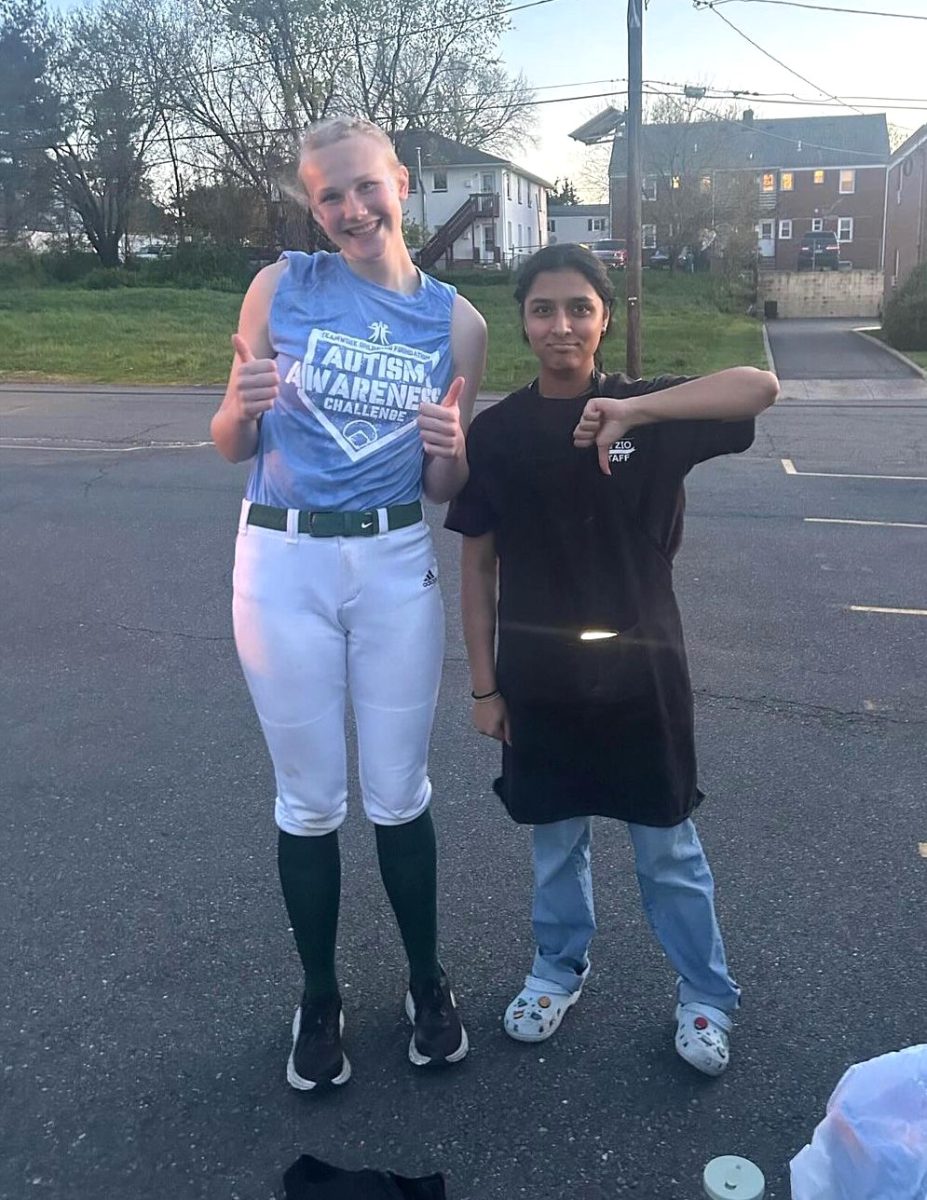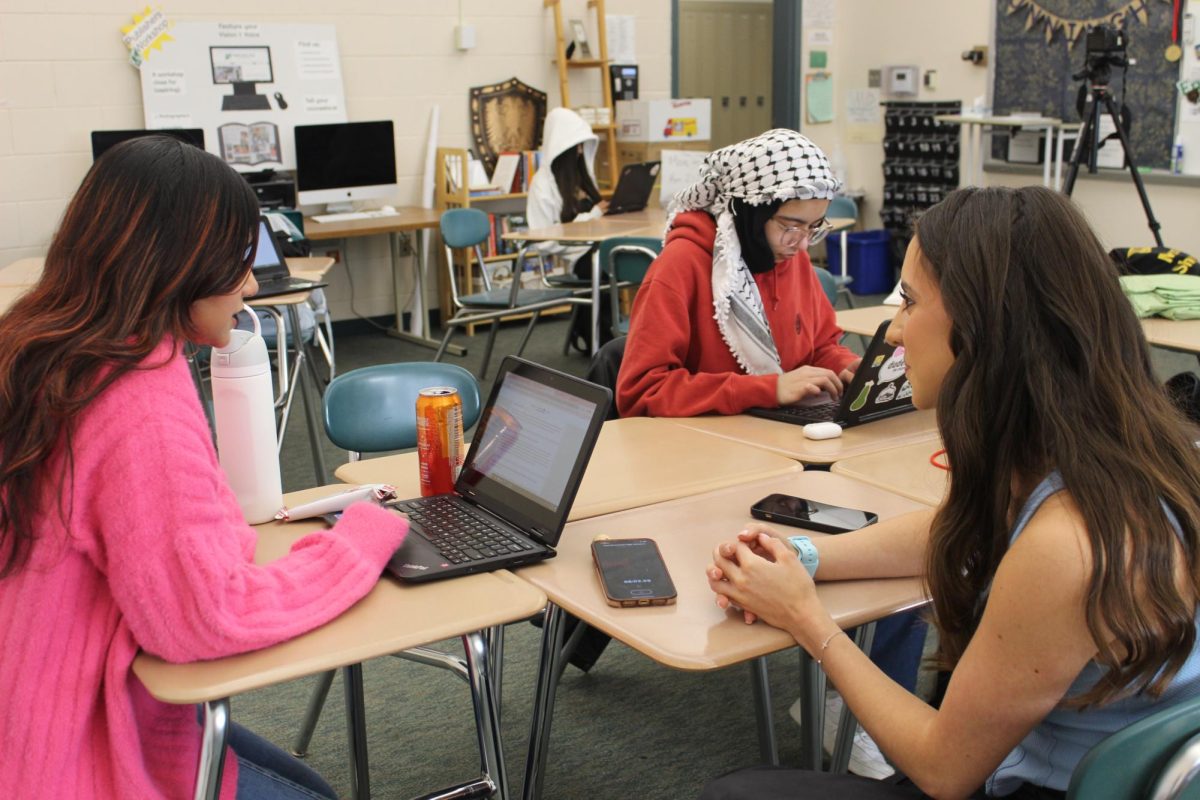All high school movies seem to have a few things in common, but to me the one that stands out the most is cliques. These cliques form the social hierarchy of the school and are extremely easy to point out. In 10 Things I Hate About You, Michael points it out for the audience (and for Cameron, who he is showing around school).
In Mean Girls, the same can be seen when Janice gives Cady a look into the “tribes” of the cafeteria.
In my own high school experience, while some people can be sort of classified into classic stereotypes, for the most part, no one is so singular that they have no other interests other than one defining characteristic. Friend groups cross over each other and no one only talks to people with the same interests as themselves.
As these cliques are more rarely found in high schools of today, new age cliques have started to emerge online. The idea of fitting your outfits, hobbies and interests no longer within your friend group but instead within an “aesthetic” is a sort of online clique. These “aesthetic cliques” function in a similar way to the cliques that are represented in classic high school media. If individuals don’t have the clothes, or particular look that makes them fit in with the visuals of the aesthetic, it is as if they aren’t accepted into that online community.
While these “aesthetic” groups can be a place to find online community with others who have similar interests, the quickly changing niche trends of these groups make being a part of them inaccessible for a general social media user. At the same a lot of these trends cater to young girls and women, from “clean girl” and “tomato girl” to “mob wife” and “coastal grandma,” inflicting a certain pressure to fit in without the means for many to achieve these looks.
While cliques don’t manifest themselves as extremely in day to day high school life, at the end of the day when people return to their phones, suddenly cliques are with them all the time. They are reflected in fashion choices and the media that individuals interact with, unintentionally shaping their opinions, styles and even the way people talk. The content that cycles through these online communities creates unvarying and uninteresting individuals, reflecting their groups collective thoughts and not being prompted to ever think outside of the box, or in their case outside of their “aesthetic”. As a result of this, real issues that don’t fit the pretty and superficial visuals of these online groups are ignored by influencers who have the capacity to make real change within their niche communities.
Whether these cliques exist within the lunchroom or on your For You Page, their purpose and function within high school stays the same. While these online groups can extend before and after high school, even into adulthood, their presence is strongest within teenagers. The legacy of high school cliques lives on and is thriving, even if they manifest themselves in a different form.













